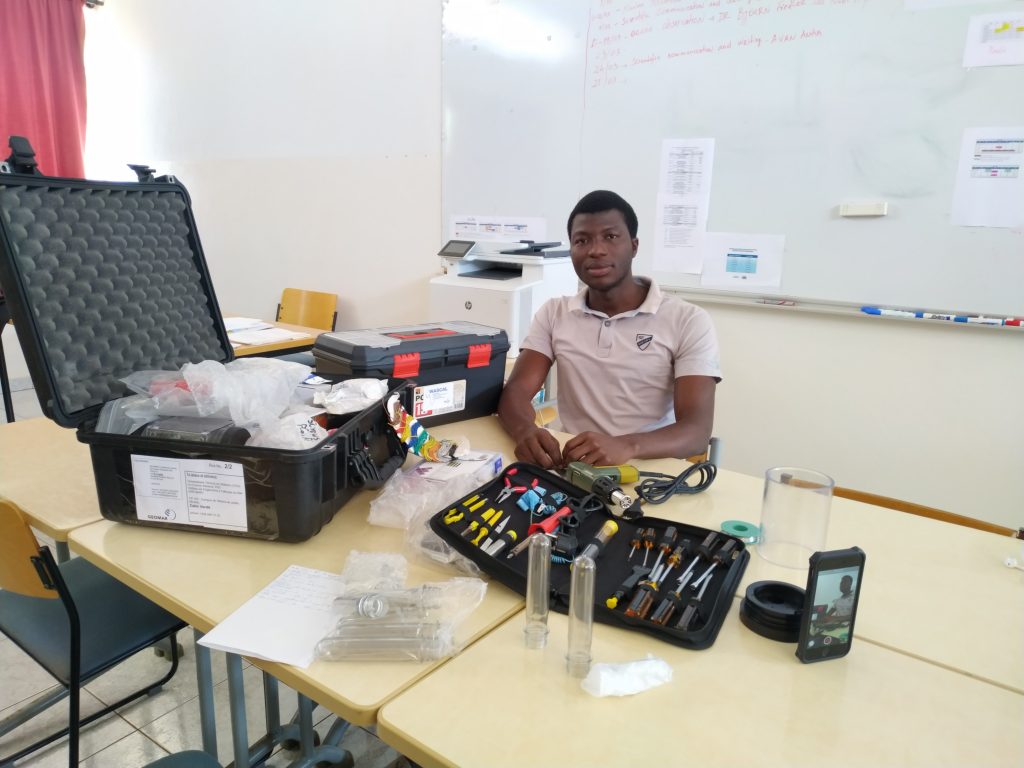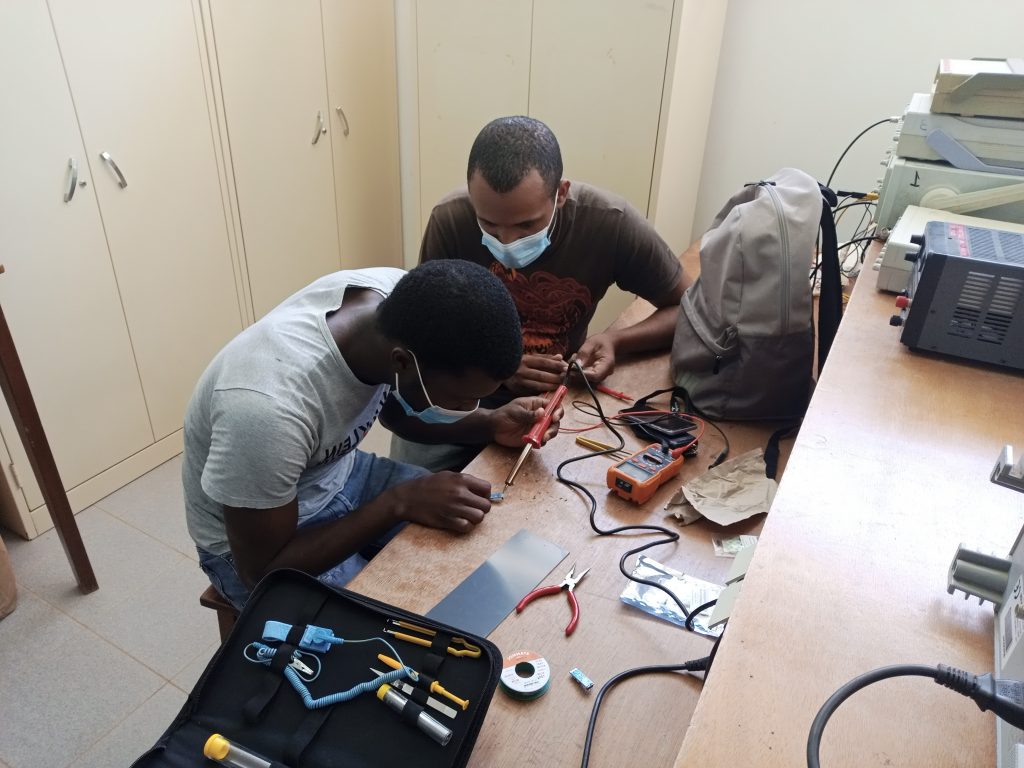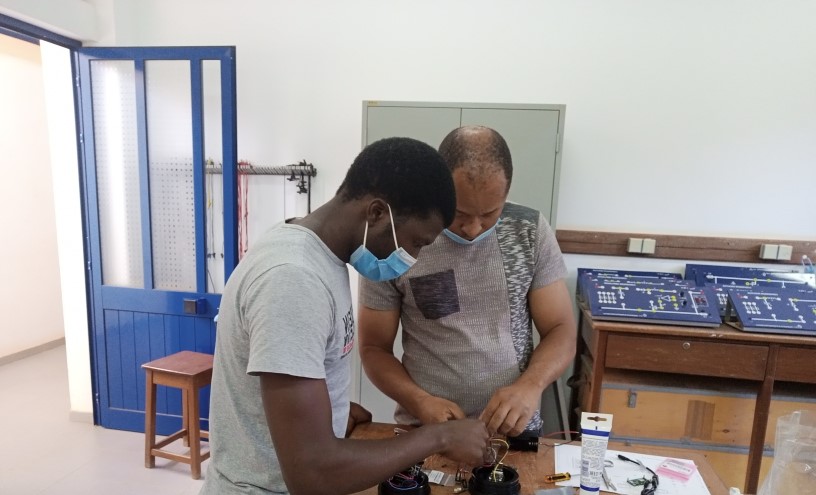
Humanity is surrounded by millions of life forms making it paramount to understand how these life forms are and what makes their environment unique.
If this life form lives on solid earth, it is easier to a degree to study such, however, if this life form exists in the ocean, monitoring it requires a helping hand to be able to know what really goes on in this water environment and that is when Science and the advancement of technology is at its epoch.
A colleague of WASCAL Master Research Programme in Marine Sciences, Gerard Zinzindohoue, takes on this challenge of understanding biodiversity and physics of underwater environment by designing a low-cost observation tool.
Speaking with Gerard, he states that “At the core of Earth’s climate systems and the main reservoirs of biodiversity, precise knowledge of the ocean is necessary to understand and predict climate change.”
Several tools and platforms for observing the oceans of our planet have been developed for this purpose, and some of these tools have presented advantages that have led to the advance of research in this field and several challenges which limit Ocean observation. This would help understand the environment of the organism and the conditions in which it inhabits.
“My goal is also to observe the underwater ecology and how it changes.”
Gerard’s research is part of his Masters Research at Instituto de Engenharias e Ciências do Mar – ISECMAR, da Universidade Técnica do Atlântico – UTA, sponsored by WASCAL-CV and the project Coastal Ecosystem Monitoring of Cabo Verde, in collaboration with GEOMAR, the main German partner of the Master’s Programme.
Text by Samuel Mintah Ayim
Image Credit: Mayara Lourenco



